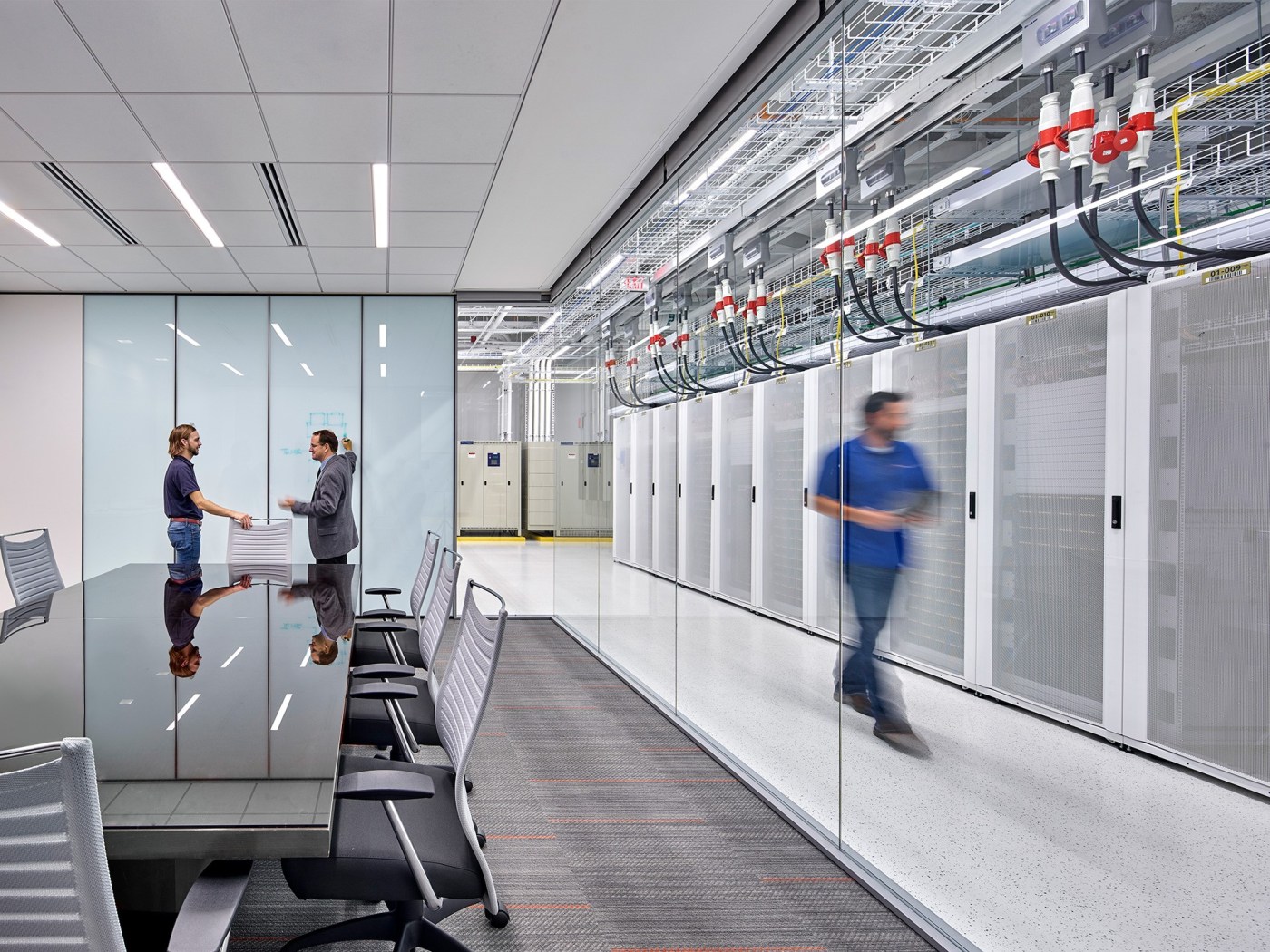

By: Jenny Gerson, Senior Director of Sustainability, and Antonia Passalacqua, Project Manager of Public Affairs and Governance—DataBank
Many communities view data centers as large and loud neighbors they don’t want in their backyard. Among their claims: Given the square footage they take up, data centers don’t employ that many people, and municipalities could allocate the land for other uses. Some communities also see negative impacts on power and water pricing, and availability.
To address these concerns, data center companies need to engage in lengthy stakeholder discussions that include local governments and community representatives. Together, they can work on solutions that provide the area with the required computing resources while also limiting negative impacts on the environment and communities.
This includes discussions about energy consumption, water use, and carbon emissions. While the industry has made strides in sustainability —reducing environmental impact and increasing efficiency— forward-thinking operators now need to go beyond neutrality. They must embrace a net-positive approach that actively benefits the communities they serve and the environment at large.
Traditionally, sustainability efforts in data centers focused on minimizing harm: reducing carbon emissions, limiting water use, and improving energy efficiency. However, leading operators can take a more ambitious stance: Rather than simply offsetting their impact, they can invest in ways to create positive environmental and social contributions.
Here are a few examples of how data centers can lead the charge toward Net Zero emissions and other positive actions to protect the environment:
One of the most straightforward, net zero initiatives in the industry is the repurposing of waste heat—excess thermal energy generated by servers. This includes converting flared methane from oil wells to electricity.
By cycling waste heat, data centers can operate as assets to their communities rather than liabilities. This shift is not just about corporate responsibility; it’s a strategic response to increasing regulations, stakeholder expectations, and the demand for environmentally conscious IT infrastructure.
Instead of venting this heat into the atmosphere, data centers can warm homes, businesses, and even greenhouses. This requires infrastructure to connect a data center to a nearby building or add it to a district heating system.
For example, data centers in Scandinavia and other parts of Europe already use this approach by connecting their infrastructure to district heating systems. This significantly reduces the demand for fossil fuels in residential areas.
This kind of innovation, which DataBank delivers in one of its Atlanta data centers, transforms data centers into contributors to local energy ecosystems rather than consumers of massive amounts of power. This approach is much easier to deploy in Europe, where data centers rely on district heating. The US largely does not, so the use-case is not as strong—unless nearby buildings can easily accept the waste heat.
Additionally, some operators invest directly in renewable energy projects, not just to offset their own consumption but also to stabilize and expand clean energy for entire regions. By partnering with utilities, data center operators can provide excess power during peak production hours and reduce the strain on local grids while enhancing overall energy security.
Water usage remains a key sustainability challenge for data centers, particularly those operating in drought-prone regions. To ensure they do no harm, some facilities implement advanced cooling systems that minimize water dependency.
This includes air and liquid cooling advancements that reduce the need for traditional water-cooled systems. Another tactic involves AI-driven resource optimization to adjust cooling strategies dynamically and ensure efficient operations with minimal environmental impact.
By prioritizing water conservation and innovative cooling strategies, data centers can significantly reduce their impact on local water resources while maintaining operational efficiency.
As demand for digital infrastructure grows across the US, leading data center operators understand their impact on surrounding communities. This is why many focus on opportunities to invest in local community initiatives such as workforce development, power and connectivity improvements, and road and utility updates. In addition, data centers bring significant property and business tax revenue, which can fund schools, municipal improvements, and other public services.
Leading operators also launch STEM education programs in regions where they build facilities. In some cases, they provide training and career pathways in technology, engineering, and data center management for higher-ed students to sustain the growing demand for the future of AI and cloud infrastructures.
Others work closely with local governments to develop workforce training programs that prepare residents for high-paying, skilled jobs in data center operations, security, and engineering. Some data centers also partner with local nonprofits through grants, sponsorships, and donations—further providing critical assistance to surrounding communities.
Moreover, data centers can focus on engaging with industry infrastructure partnerships to enhance regional connectivity by investing in fiber networks, smart grid technologies, and emergency response systems. This not only benefits data center customers but also improves digital access for surrounding communities.
While achieving a truly net-positive status requires long-term investment and collaboration, the industry is making significant strides. By focusing on renewable energy, resource efficiency, community engagement, and regulatory alignment, data centers can prove they are more than just power-hungry infrastructure; they are drivers of positive change.
As enterprises evaluate their IT infrastructure partners, choosing data centers that prioritize these initiatives will reduce their own environmental impact and contribute to broader sustainability goals. The future of data centers is not just about doing less harm; it’s about creating more good.

Discover the DataBank Difference today:
Hybrid infrastructure solutions with boundless edge reach and a human touch.